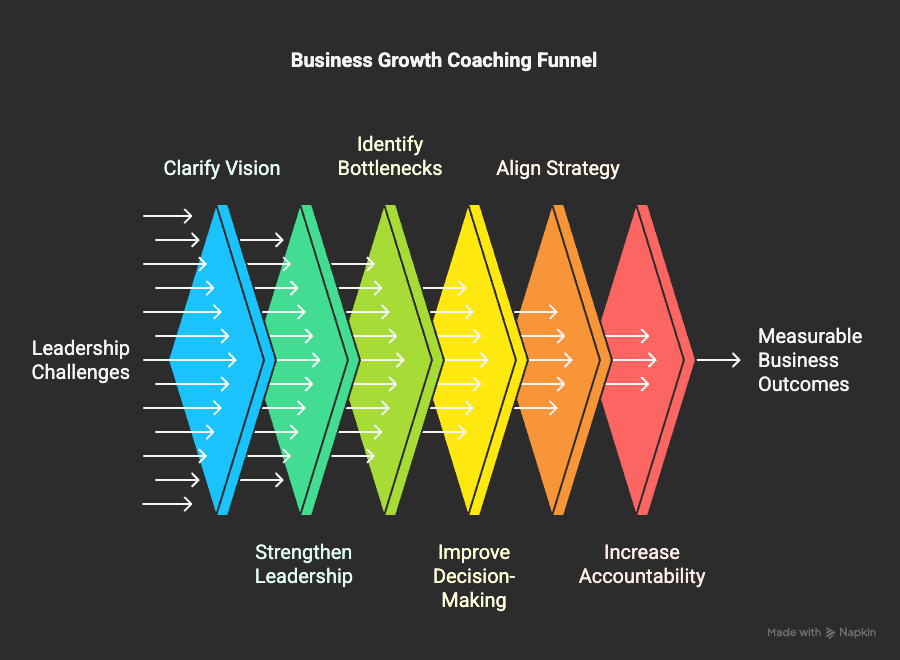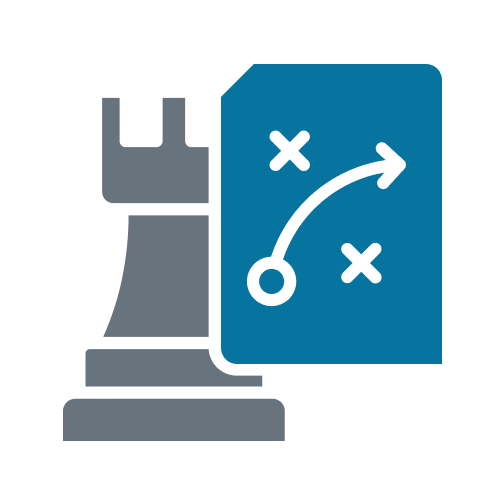Business growth coaching isn’t just about motivation. It’s about results.
When you’re leading a growing company, strategy alone isn’t enough. You need clarity, alignment, and consistent execution — from the boardroom to the front lines. That’s where coaching moves from “nice to have” to non-negotiable.
At Champion PSI, we’ve seen firsthand how business growth coaching turns potential into performance. This isn’t fluff. It’s the structure behind scalable momentum. See Fortune’s recent breakdown of executive coaching benefits for CEOs leading fast-growth companies.
Start with this related read on top executive coaches.
Overview of the Topics
Business growth coaching helps leaders accelerate results without burning out their teams or themselves. Mercer outlines some of these leadership performance gains, such as improved EQ, sharper strategy, and more consistent follow-through.
- Clarifying vision and priorities so leaders focus on what truly moves the business forward
- Strengthening leadership capacity to keep pace with the demands of scaling
- Identifying bottlenecks in real time before they derail momentum
- Improving decision-making speed to boost agility and reduce delays
- Aligning strategy with execution so plans don’t die in PowerPoint decks
- Increasing team accountability through clearer roles and expectations
- Turning insight into measurable action that drives real business outcomes
You’ll also see a real-world example of this in action and get answers to five common questions leaders ask about business growth coaching.

1. Clarify Vision and Priorities
One of the first things business growth coaching tackles is clarity.
Many CEOs think they have a clear vision — until they try to communicate it across functions, departments, and time zones.
Coaching acts as a filter. It helps strip away noise and refocus attention on what matters most.
You’re not just refining goals — you’re redefining what “growth” means in your unique context. That clarity informs your quarterly rocks, KPIs, and how you spend your actual calendar time. For more detail on this process, Try Highrise outlines key CEO coaching strategies in high-growth environments.
2. Strengthen Leadership Capacity
When the business scales, leadership must scale with it.
Business growth coaching develops more than just skills — it builds capacity. As John Mattone explains, a coaching leadership style boosts performance by building engagement and long-term trust.
This includes:
- Delegation that actually sticks
- More effective team communication
- Navigating complexity without defaulting to old patterns
- Expanding your personal ability to think longer-term while staying grounded in daily action
Whether you’re a founder shifting from operator to strategist, or a seasoned executive hitting a new ceiling, coaching helps you evolve before the company outgrows you.
3. Identify Bottlenecks in Real Time
Growth creates friction. Some of it’s good. Most of it isn’t.
A good business growth coach acts like radar. They see where people, process, or structure are quietly killing momentum.
We’ve coached organizations through:
- Talent bottlenecks at the mid-manager layer
- Cultural misalignment between legacy staff and new hires
- Overcomplicated decision trees blocking execution
Coaching brings these into view early — before they show up in performance reviews or missed OKRs. It’s not about preventing problems. It’s about spotting them fast and adapting in real time. This is where executive coaching for CEOs becomes a game-changer.
4. Improve Decision-Making Speed
In growth mode, speed matters. So does judgment.
That’s why business growth coaching often centers on decision-making — both how fast and how well it happens. McKinsey and HBR data shows coaching drives ROI and team engagement, reinforcing why coaching ROI data now guides many C-suites.
Many leaders operate on instinct. That works… until it doesn’t.
Through coaching, executives learn to:
- Build decision filters based on values and vision
- Slow down long enough to ask the right questions
- Empower their teams to act without constant hand-holding
The result? Fewer bottlenecks, more trust, and faster forward movement.
Related read: leadership development principles.
5. Align Strategy with Execution
The biggest breakdown in scaling companies is often simple:
Strategy lives in slides. Execution lives in chaos.
Business growth coaching fixes this disconnect by turning plans into practice.
You’re not just creating a strategy — you’re building the systems, rituals, and feedback loops that make it real. Coaches help teams operationalize the plan so it doesn’t die in a Google Doc.
This might include:
- Weekly strategic reviews
- Embedded OKR check-ins
- Decision-making cadence synced with goals
Strategy becomes more than a quarterly offsite conversation — it becomes muscle memory.
6. Increase Team Accountability
Coaching doesn’t just make leaders better. It makes expectations clearer.
When growth accelerates, accountability often falls apart. People get stretched. Roles blur. Ownership becomes fuzzy.
Business growth coaching strengthens team-level accountability through:
- Clear role definition
- Structured performance conversations
- Mutual agreement on expectations and deliverables
This isn’t about micromanagement. It’s about building a culture of ownership, where results matter — and people are equipped to deliver them.
Tip: This ties directly to the strong team characteristics.
7. Turn Insight into Measurable Action
If it doesn’t drive results, it’s just talk.
That’s why every business growth coaching session should end with action. Insights are only useful if they change behavior.
At Champion PSI, we focus on helping clients:
- Translate big ideas into weekly actions
- Link every goal to a metric or milestone
- Design feedback loops that reinforce momentum
It’s how strategy becomes execution. And how performance becomes predictable. See our approach to business performance coaching for more.
Real-World Example
Google’s Project Oxygen is one of the best-documented examples of coaching done right at scale. Originally developed to identify what made great managers, the initiative quickly turned into a coaching-based leadership model used across engineering and product teams.
Through consistent coaching feedback loops, Google saw:
- Increased employee satisfaction
- Faster execution on product cycles
- Improved manager effectiveness scores
They didn’t just train leaders. They coached them — consistently.
Read more on Google’s Project Oxygen coaching model.
Frequently Asked Questions
What is business growth coaching?
Business growth coaching helps leaders scale their organizations by improving clarity, accountability, and execution. It goes beyond advice and supports tangible outcomes over time.
How is business growth coaching different from consulting?
Consultants often deliver solutions. Coaches help you discover and implement your own, with sustainable internal change. Coaching is an ongoing relationship, not a handoff.
Who should consider business growth coaching?
CEOs, founders, and executive teams navigating complexity, change, or fast scaling. If clarity, alignment, or accountability is slipping — coaching helps fix that.
How long does business growth coaching take?
It depends on your needs. Many leaders begin with 3–6 months but continue for years as they see ROI. It’s not about duration — it’s about consistent, high-quality reflection and action.
What kind of ROI can I expect from business growth coaching?
Expect faster decisions, stronger teams, and more strategic execution. While results vary, studies show coaching improves goal attainment, leadership capacity, and organizational health.
Business Growth Coaching That Moves the Needle: Conclusion
Business growth coaching isn’t just helpful — it’s foundational.
From clarifying vision to turning strategy into reality, the right coach brings structure, reflection, and action to your most important work.
Ready to get started?
Book a free 30-minute call with an expert coach to explore how business growth coaching can support your goals.










